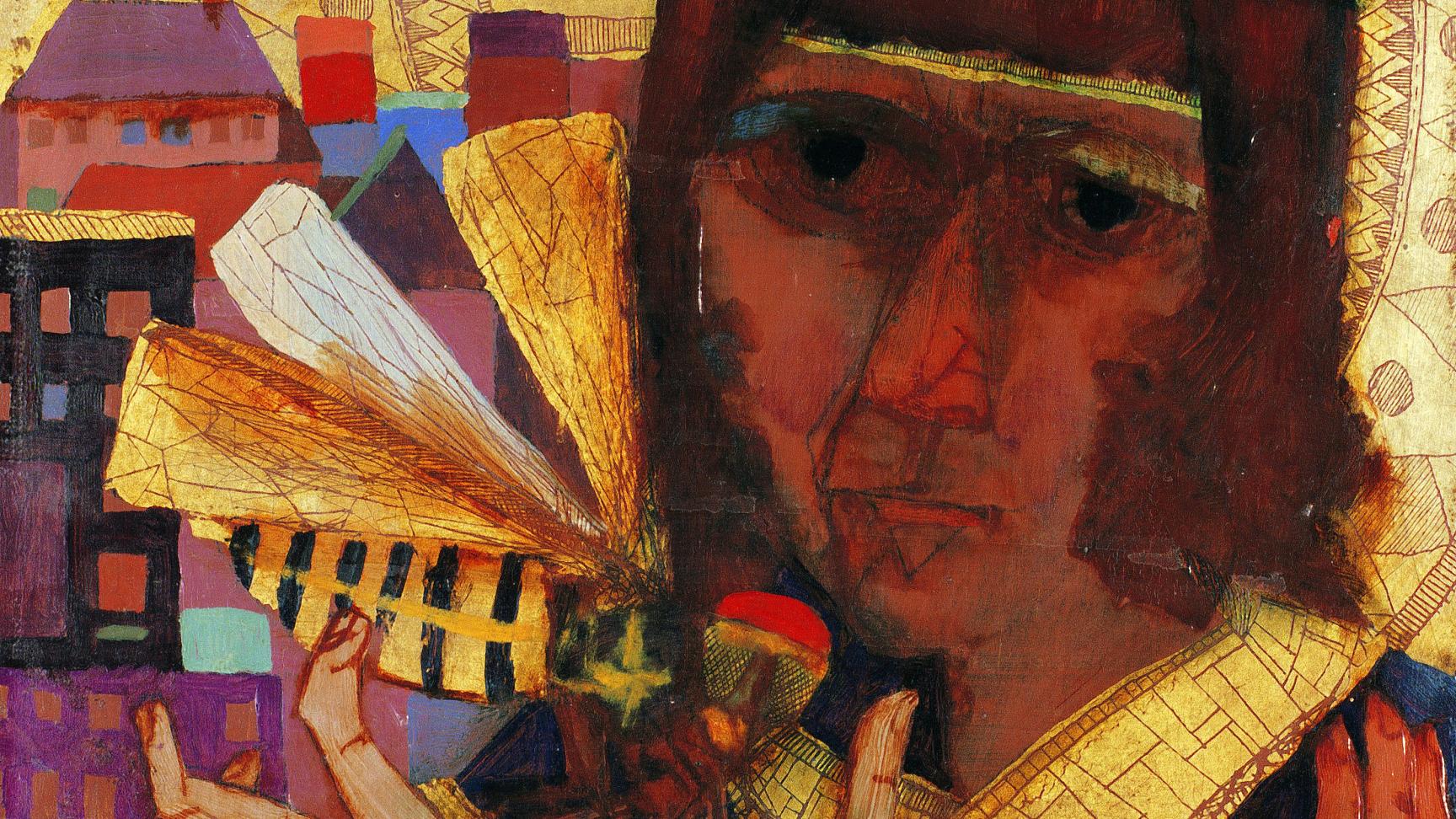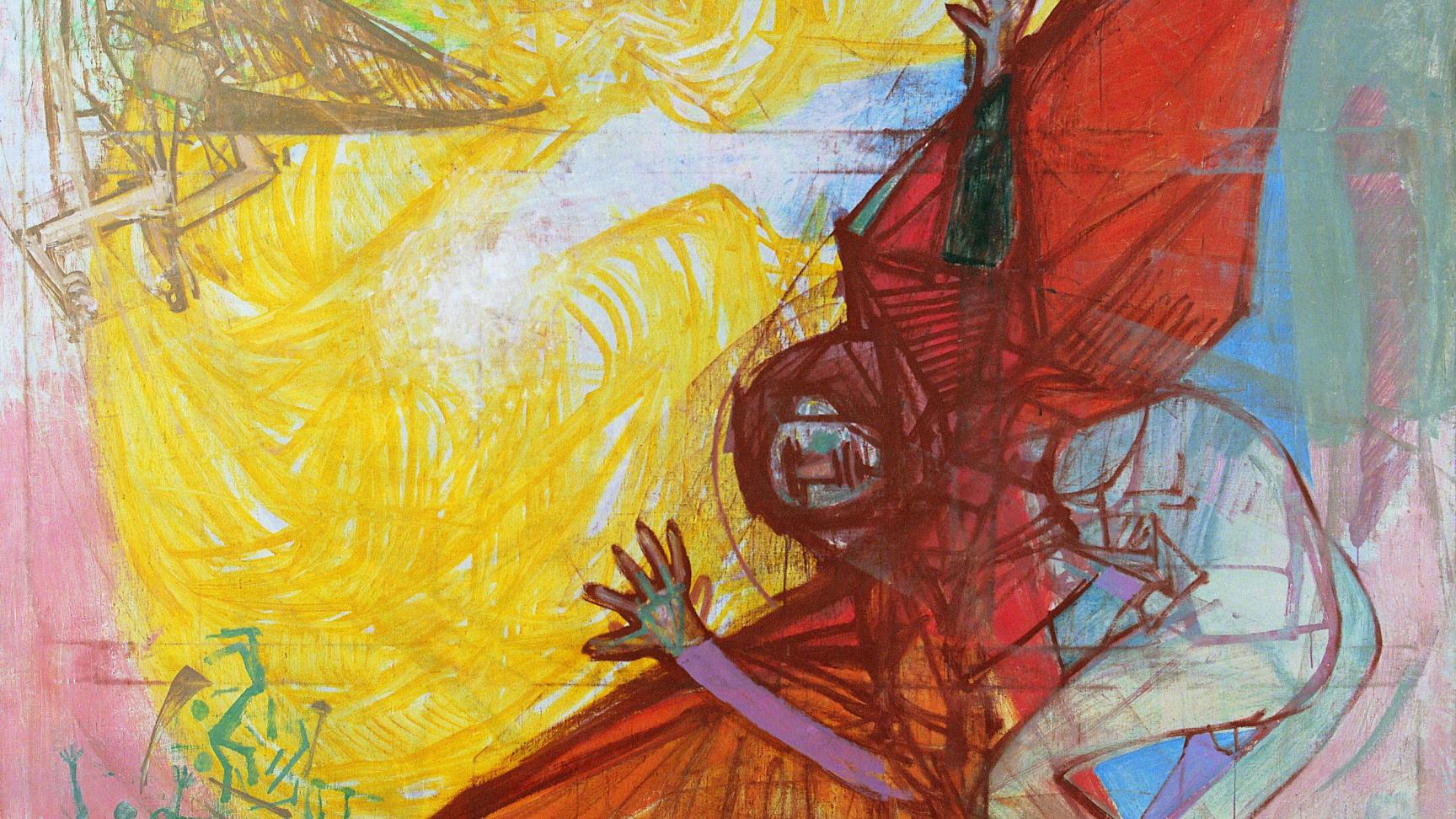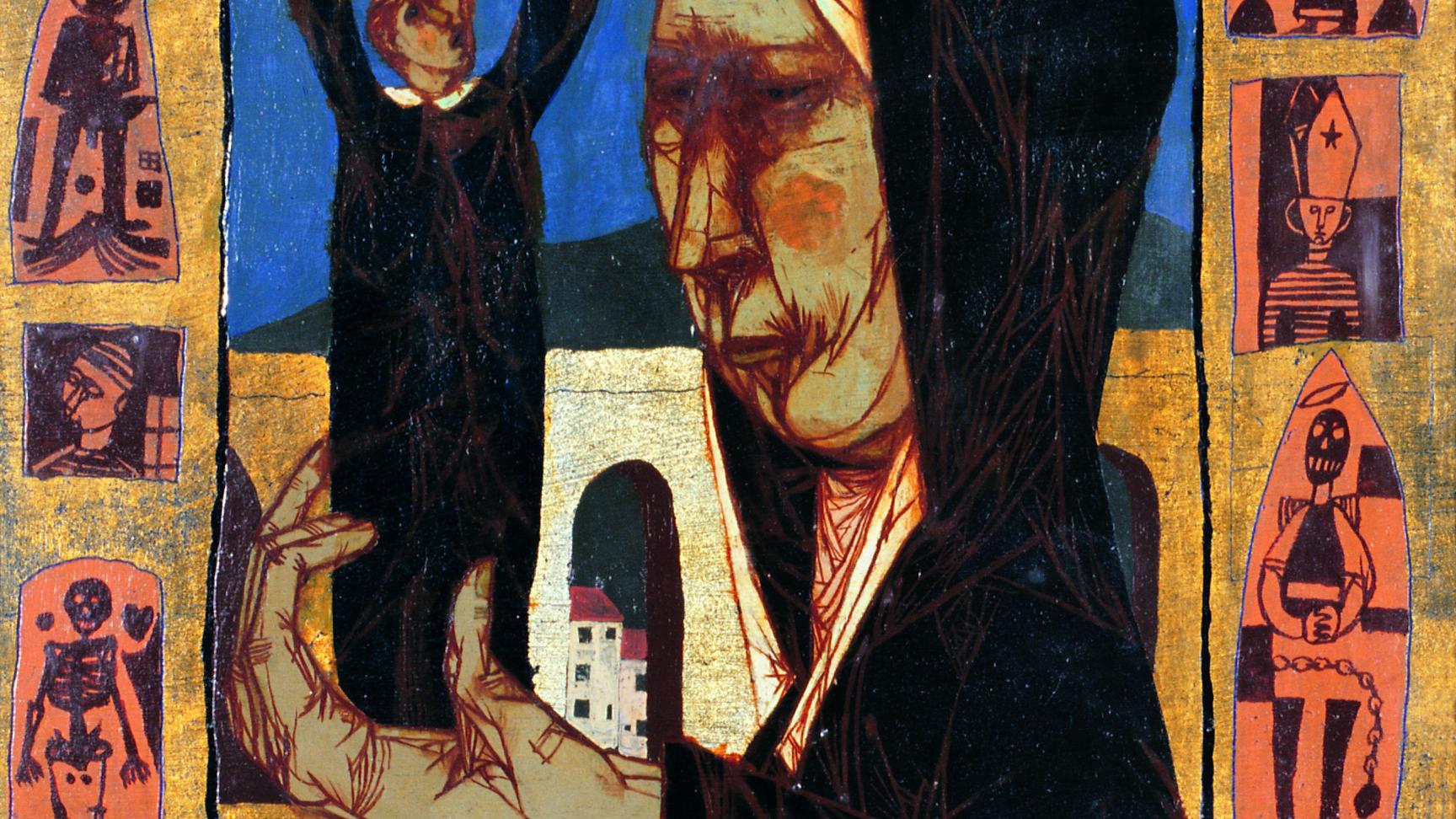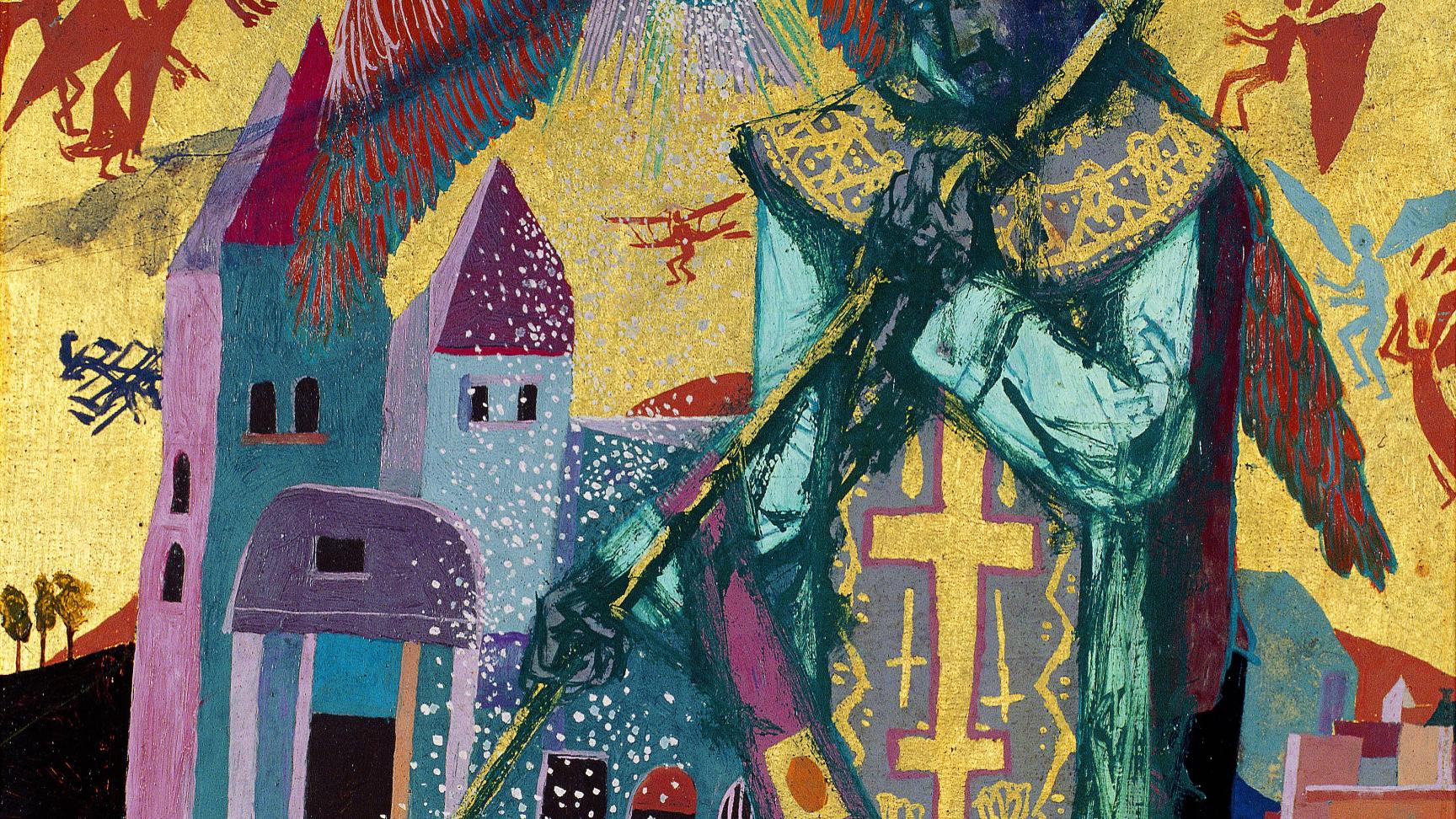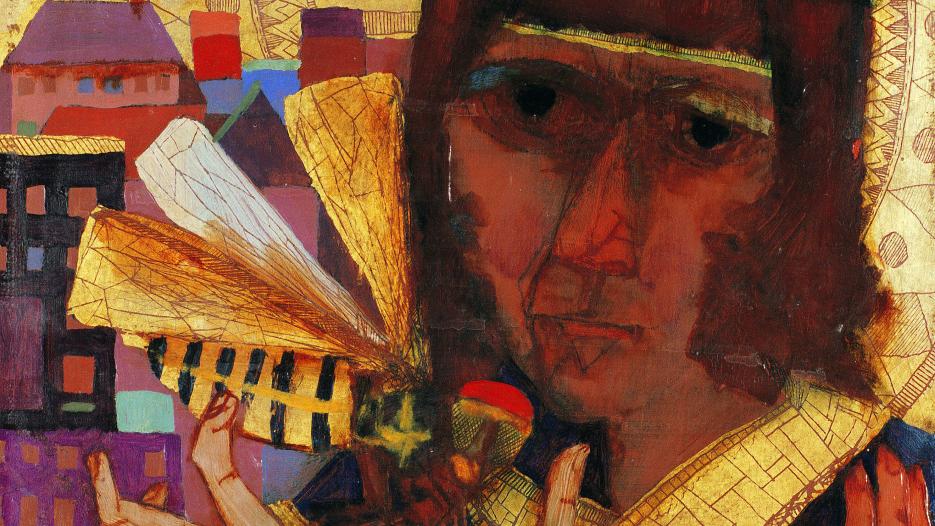
Béla Kondor (1931–1972) is one of the most important artists of post-WW2 Hungary. His work is comparable to leading masters including Tivadar Csontváry Kosztka, Lajos Gulácsy, Lajos Vajda and Menyhért Tóth. He was not associated with any particular trend or school, and his art drew inspiration from the universal tradition of European painting, from which he created a private mythology by means of a personal imagery and motifs.
His art is a narrative related to the traditions of the past, but also reflecting on issues of his age. He was chiefly inspired by Durer, Rembrandt and William Blake, the Surrealists and Hieronymus Bosch’s visionary art. In spite of embracing the past, however, he was able to create the most consistent and progressive oeuvres of his age.
Kondor’s work spans just a decade and a half, which is why creative periods or styles cannot, strictly speaking, be distinguished. Consequently, this exhibition is based on around aspects of content, motifs, series and themes. In addition to angels, saints, prophets and historical events referring back to classical art, he painted exciting themes of his age, including flying, giant machines and man’s alienation in an increasingly disintegrating world. One particularly interesting room in the exhibition presents every major mural work by Béla Kondor, from the first sketches to the final versions.
Kondor’s eouvre consists of some two thousand paintings and graphic works, the majority of which (over two thirds) is held by the Hungarian National Gallery, the Petőfi Museum of Literature and other, mostly country museums (Ferenczy Museum, Szentendre; Ottó Hermann Museum, Miskolc; Mihály Munkácsy Museum, Békéscsaba; Janus Pannonius Museum, Pécs; King Saint Stephen Museum, Székesfehérvár; etc.) and some works are in private collections.
The exhibition is hosted with support from the Ministry of Human Resources and is jointly organised by the Kovács Gábor Art Foundation, Museum of Fine Arts - Hungarian National Gallery and the Hódmezővásárhely Municipality and the Tornyai János Museum. It runs 12 February 2017.
